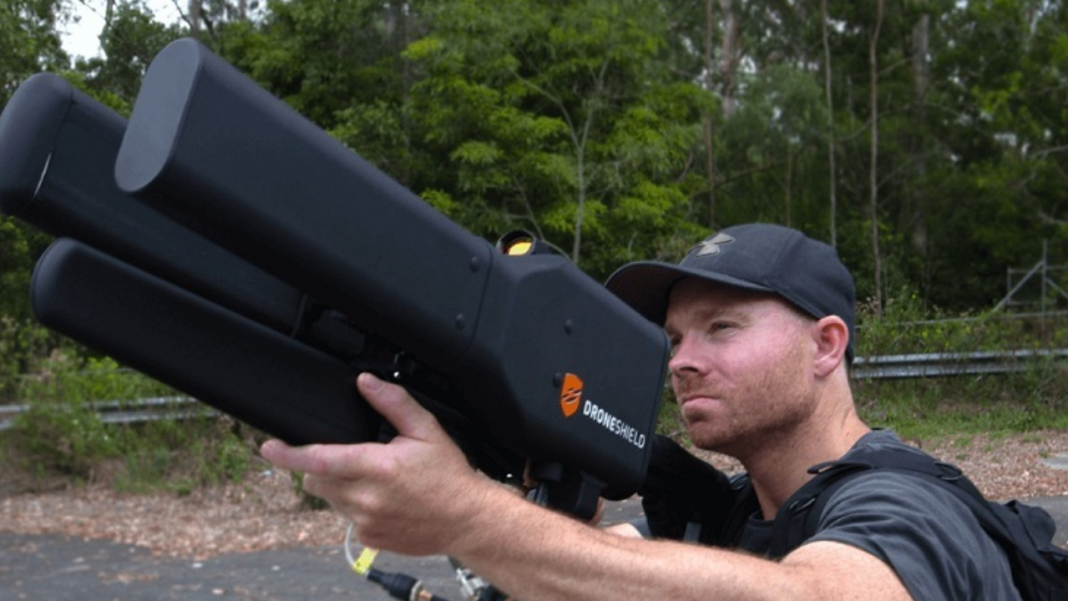Drone detection is the process of identifying and tracking unmanned aerial vehicles (UAVs) within a specific airspace. Effective detection systems are becoming increasingly important as drones are used for a variety of purposes, including recreation, commercial use, and possible security risks. Detection methods include a variety of technologies, including radar systems, radio frequency (RF) sensors, acoustic sensors, and optical systems.
Radar systems detect drones by bouncing signals off their surfaces, providing information about their location and movement. RF sensors detect communication signals sent by drones, assisting in identification. Acoustic sensors identify sound profiles emitted by drone detection, which is especially valuable when visual clues are few. Cameras and other optical technologies use physical properties to visually identify drones.
Are There Privacy Concerns Associated With Drone Detection?
Yes, privacy problems exist with drone detection. The employment of sensors and technologies to identify drones raises concerns about inadvertent surveillance of people. Striking a balance between guaranteeing security and protecting privacy rights is critical. Implementing methods such as data anonymization and compliance with privacy legislation is critical for addressing these concerns in the development and implementation of drone detection systems.
The Future of Drone Detection Technology
As the use of drones grows in numerous industries, the necessity for reliable drone detection technologies becomes increasingly important. Advancements in drone capabilities, both in terms of functionality and evasion strategies, drive the ongoing advancement of drone detection systems. This article delves into the anticipated future advances in drone detection technologies, which range from better sensors to sophisticated artificial intelligence (AI) integration.
Advanced Sensor Technologies
Lidar (Light Detection and Ranging)
Lidar technology is expected to play a major role in future drone detection systems. Lidar sensors employ laser beams to generate high-resolution, three-dimensional maps of their surroundings. Lidar can offer exact information about the existence and movement of drones by sensing minute changes in their surroundings, even in challenging settings such as poor light or bad weather.
Advanced Radar Systems
Next-generation radar systems will most likely have increased sensitivity and resolution. These devices could use numerous frequencies, including millimeter-wave radar, to detect smaller drones. Furthermore, radar systems may use artificial intelligence to better distinguish between drones and other flying objects, thereby reducing false positives.
Integration of Artificial Intelligence and Machine Learning
Behavioral Analysis
The future of drone detection will rely heavily on AI and machine learning technologies. Behavioral analysis algorithms can learn patterns linked to common drone motions, making identification more precise. These systems can adapt to changing drone tactics, identifying authorized and unauthorized drones based on their behavior.
Anomaly Detection
Advanced AI algorithms will concentrate on anomaly detection, which identifies abnormalities from regular aerial operations. These algorithms can detect suspect drone behavior quickly and send alarms for further inquiry or response since they are constantly learning and updating their understanding of the surroundings.
Enhanced Communication and Networking
5G Connectivity
The development of 5G networks will dramatically improve connectivity among drone detection devices, allowing for faster and more reliable data transmission. This high-speed communication will enable real-time information and reactions, resulting in faster decision-making in dynamic circumstances.
IoT Integration
The Internet of Things (IoT) will play an important role in establishing a networked environment for drone detection. Sensors, cameras, and other detecting equipment can be linked together to create a larger and more integrated surveillance network. This interconnection can boost the overall efficiency and responsiveness of drone detection systems.
Regulatory and Standardization Initiatives
Global Standards for Drone Identification
The creation of global standards for drone identification and communication is critical to effective drone detection. Initiatives such as ASTM International’s work to develop a remote ID (remote identification) standard can help improve interoperability across different detection systems.
Regulatory Support and Collaboration
Future improvements in drone detection technologies are anticipated to be impacted by regulatory support and collaboration among industry players, government agencies, and technology providers. Achieving a balance between security requirements and regulatory compliance will be critical to the broad use of drone detection technology.
Sum Up
The future of drone detection technology promises the convergence of better sensors, artificial intelligence, and improved communication networks. As drones become increasingly interwoven into everyday life and industries, the demand for strong and advanced detection systems will increase. The growth of drone detection technology, with an emphasis on collaboration, regulatory compliance, and privacy issues, will play a critical role in shaping drone coexistence with the broader aviation environment.









